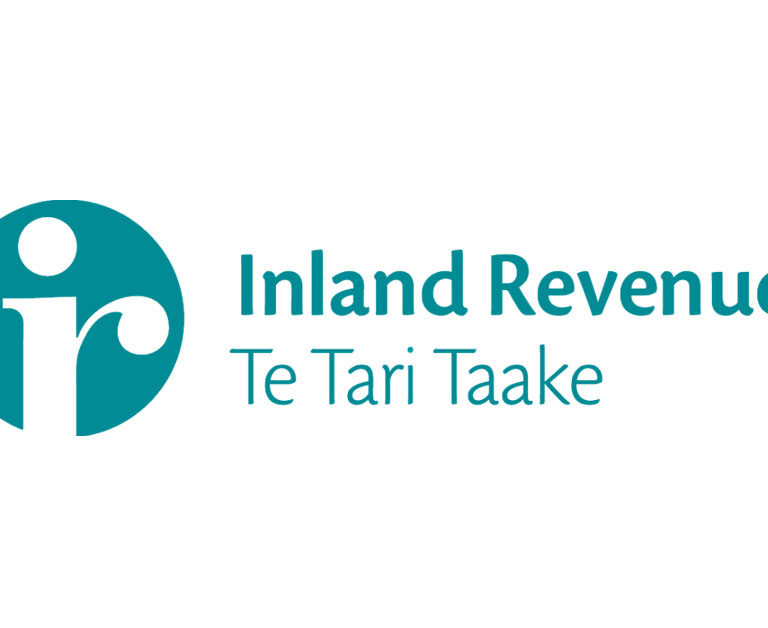Provisional Tax
With the third installment of provisional tax due on the 15th January, it is a good time to look at your current year results.
For those with accounting software this will be easy to do, run a profit and loss report from 1 April 2020 – 30 November 20. If you have completed a cash flow forecast, budget or standard monthly income this will make your calculations easier. A simple way to calculate possible profit is to use the net profit divided by 2 and multiply by 3. This calculation works if your income and expenses are steady throughout the year.
Checking your profit now will keep you up to date with what is happening in your business and you will become aware if there has been a large swing in your income and are required to pay more tax.
The standard uplift method is the most popular calculation method and means that your tax is paid on an uplift of the previous year’s income tax liability. Provisional tax is calculated using the previous year’s (2020) income tax liability multiplied by 105% or the income tax liability from two years (2019) ago multiplied by 110%.
For those not registered for GST, registered 2 monthly or monthly will pay provisional tax in three installments. Payment dates are the 28th August, 15th January and 7th May.
The calculation method that needs to be used is determined by when you file your tax return. If you have already filed your 2020 return you will use the 105% calculation and if you have only filed your 2019 return you will use the 110%.
There is no obligation to pay provisional tax if your 2020 tax return has been filed and the income tax liability was $5000 or under. As long as all installments are made on time, for the payments expected by IRD and tax for the year is less than $60,000 no interest should incur unless the final terminal tax payment is not made on time.
However, the interest rules work differently for those with an income tax liability of $60,000 or more. As long as all installments are made on time and in full interest will be charged from the final may installment until the balance is settled.
You are not limited to using the standard uplift method and can pay provisional tax based on their current business results. You DO NOT need to file an estimate with IRD and most accountants and tax advisers will advise against filing an estimate with IRD.
If you file an estimate IRD will charge interest and late payment penalties from the date of any underpayments. Once an estimate is filed with IRD a business is subject to different interest rules. The interest ramifications can be horrendous if someone fails to pay enough provisional tax due to sudden or late upswings in profitability and the tax liability that is due ends up being more than what should have been paid under the standard uplift method.
If you pay too little tax during the year or not as per the standard method that was required there are options to buy tax at provisional tax dates through Tax Pooling. We will look at how this works in the next article.









One Comment